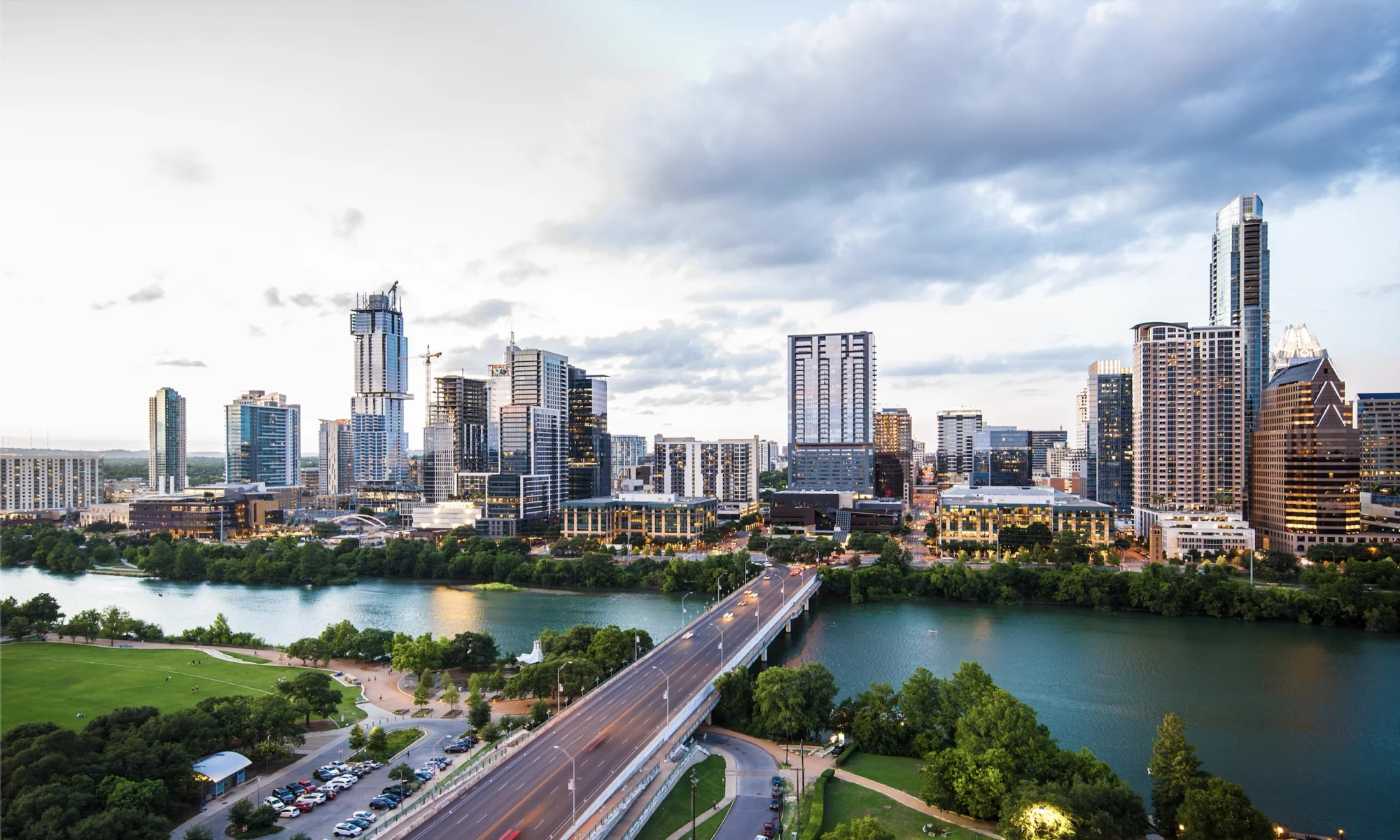In June, the City of Austin Neighborhood Housing and Community Development Office (NHCD) released a draft of the Austin Strategic Housing Plan. A representative from NHCD attend AURA’s November board meeting and presented on the plan and received feedback from AURA members. We are encouraged that the Department recognizes certain fair housing and land use barriers that AURA has named in its CodeNEXT expectations. Subsequently, on November 21, AURA sent the letter below to NHCD as our official response to the draft plan. Since that time, NHCD has released an updated December draft of the plan, which we encourage everyone to review.
This letter is to provide our formal feedback regarding the draft housing plan, both that which is posted on the city website as well as items discussed in a public presentation given to AURA on November 9th, 2016. We appreciate the time spent with our group, and we appreciate the opportunity to provide our feedback.
AURA stands for an Austin for Everyone, and nowhere is this more important than in building a city that provides enough housing for all residents who want to live here. Currently there are many invisible walls built around some neighborhoods and we feel strongly that these walls must come down.
We applaud the city’s efforts to create a housing plan that will address the needs for both market rate and affordable units. This is key to addressing housing for all levels of income. While we advocate for more density overall, we recognize that simple supply can never meet the need for “deeply affordable” units. Likewise, we recognize that subsidizing all units for up to 80% MFI is an enormous cost that cannot be borne by the city, either politically or fiscally.
In reviewing the housing plan, we found there were some areas that needed more clarity as well as more bold options. For example, the draft plan provided an extensive list of options that could be explored, but without realistic estimates for the cost, the value, and the actual ability to accomplish, it leaves the reader untethered. We need more clarity around each proposed tool, what its costs are, what its benefits are, and how achievable it is. This could be provided as a matrix where the X-axis is ease/cost of implementation and the Y-axis is number of units/public benefit. When this matrix is divided into quadrants, it will become very clear which of the tools provides the most good for the least cost (sometimes free, such as allowing smaller houses and smaller lots) and should be implemented immediately. It will also identify areas where less funding should be allocated based on the limited pool of dollars we have to affect the most number of households.
There were items suggested that have little chance of achievability, and we need to recognize that. In particular, suggestions to work with the Texas state legislature to allow rent control are basically non-starters in our current political climate, and we need to be realistic that this will likely not happen (at least not in the next 10 years).
Other areas where we found issue are the overall definitions of affordability. As is clear from speaking with NHCD staff, everyone knows that transportation costs in the Austin area are higher than the national average, costing households upwards of $11,983 per year due the increased miles driven (see data here). This is a huge burden on families and contributes to the struggle many face. “Affordable” needs to recognize that building housing near Decker lake may be “cheap” but the transportation costs will be astronomical, erasing the benefit to living in an affordable unit. Housing advocates generally recommend that no more than 45% of a household’s income be spent on housing and transportation.
An area of great concern to us is the desire to put a number on the percent of new housing that will be on Imagine Austin corridors and centers. In particular, the number we heard was 75%. This is unacceptable, as we feel that ADUs, townhouses, duplexes, fourplexes, and other “missing middle” housing types should be allowed everywhere, not just in transition zones 1⁄4 mile from a corridor or activity center. We recommend removal of this target completely. If it must exist, it should be 50% or below, or should say within 1⁄2 mile of centers and corridors.
We also recommend that the housing plan include options for pre-approved plans for missing middle housing types, such as duplexes, ADUs, and fourplexes. This decreases the soft costs for small investors and homeowners looking to maximize their property. Many cannot afford to hire an architect or wade through the complex development approval process. Simplifying this
will decrease costs.
Thank you very much for your hard work in service to the city and we look forward to the final housing plan.
